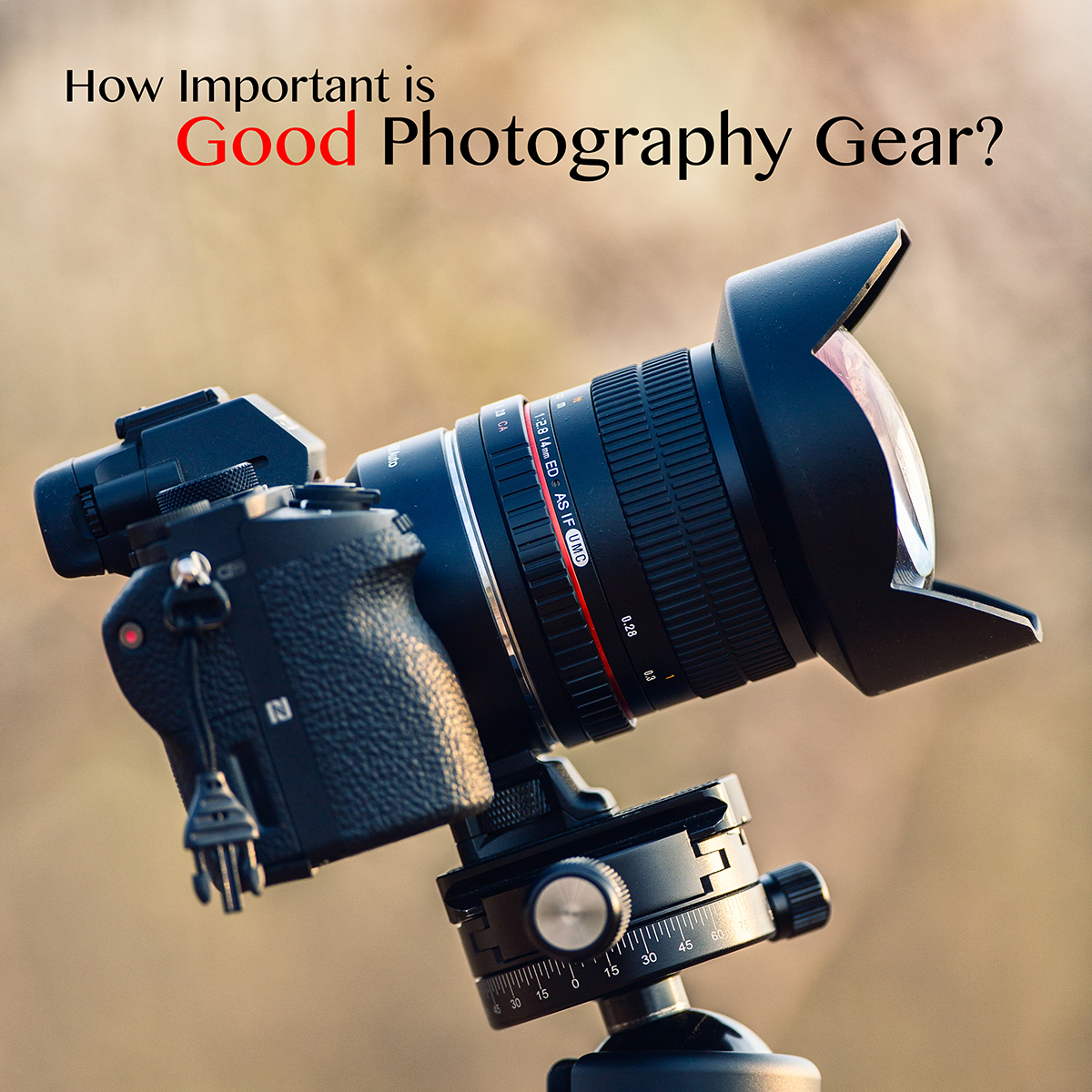
I hear a lot of voices on the internet talking about how gear is not important for a photographer. My thoughts on this is a little different. I am sure that those who preach about the unimportance of gear say it in the right spirit – and mean to imply that more than gear, technique is important. That is a fact which no photographer would deny. Technique is what sets apart the Master from the learners and fakers.
If you want to first understand the basics of photography, I highly suggest reading this article: Finding Your Inner Photographer: Making the Most of Your Camera
But here are five reasons why photography gear plays an equally important part in your photography.
Sensors Don’t Record Light Like our Eyes Do
The dynamic range of a camera determines how much of bright or dark areas you can recover from an image that has overexposed or underexposed pixels. As of today, the Nikon D810 is the king of dynamic range. This means that you can photograph a scene that has high contrast with this camera and yet get balanced exposures after processing the RAW file. Most cameras, especially from Canon, have very poor dynamic range. Trying to shoot a scene with high contrast usually gives you a photography with blown highlights or noisy shadows.

For a landscape photographer, a camera with good dynamic range greatly speeds up the shooting process in the field. The traditional way to overcome dynamic range challenges is to use Graduated Neutral Density (GND) Filters. This is a great technique, but one must be prepared to spend time in the field fiddling around with filters while the sun is rapidly setting or rising and the golden color in the sky is fading.
Bracketing exposures and merging them in post processing is another way to increase the dynamic range of a photograph. But this means spending time in front of the computer later. Also, it is very difficult to align photographs that have moving objects in the them.

High ISO Noise Makes for Crappy Photos
There is a lot of romance about how beautiful the grain in film photos are. But let us face it – with every new generation of cameras released, the memory of film is getting older. And every camera manufacturer is trying to make their cameras as noise-free as possible from ISO ranges of 1600 and above. This is because the noise patterns of digital sensors can never be as good as the noise patterns of film. So there is absolutely no reason to shoot noisy images.
The ability to shoot at high ISO and produce noise-free images is very important to some genres of photography such as wedding and astro photography. It is not always feasible to use flash to shoot portraits. In fact, on-camera flash makes your photos mostly ugly.
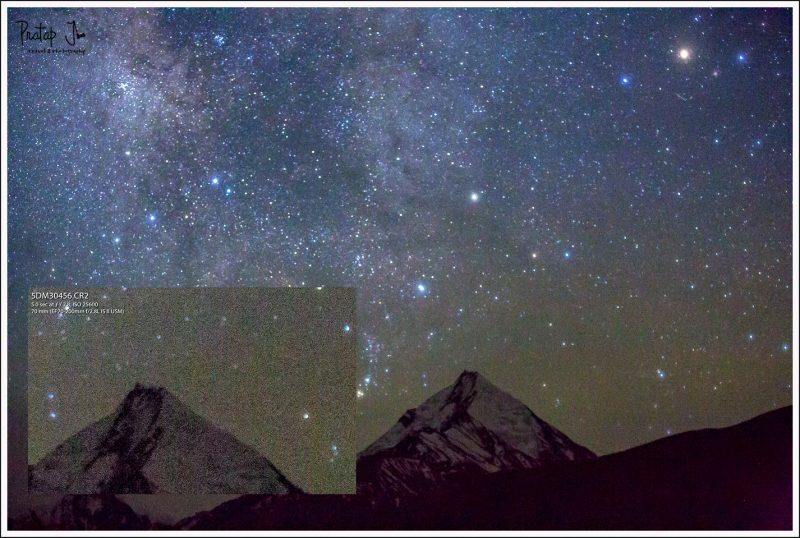
Manual Focussing Can Be Slow
A camera with lightning speed auto focussing – which is pretty much any DSLR or mirrorless camera released after 2016, beats manual focusing hands down. Yes, there are areas of photography where manual focusing is still important – like landscape photography, macro photography and product photography. But for many genres such as street, wedding, documentary and wildlife photography, a camera with good auto focus makes or breaks the shot.
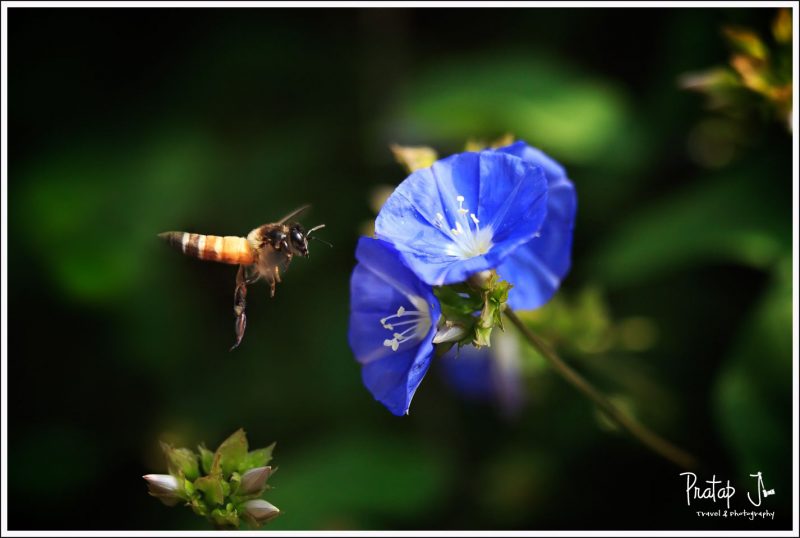
Similarly, manual exposure is time consuming and not always important. Cameras these days have sophisticated metering systems. While it is very important to understand the fundamentals of exposure and be able to take control when the camera’s in built metering system fails, there is no need to always use manual exposure. Some people take pride in saying that they use only the manual mode in their camera, but I personally think that is not required.
Size Matters
Ask anyone who is into adventure photography why size matters. Photographers would do anything to save themselves the effort of lugging around heavy equipment up a mountain or down a cave. Similarly, street photographers appreciate the importance of discreet cameras which help them shoot candid photos without being noticed. With the advent of mirrorless cameras, and most importantly the ones that have larger sensors, the size and weight of cameras have shrunk while still being capable of producing high quality images. Now a days, advanced point and shoot cameras like the RX100 Mark IV have big sensors (1 inch in this case) which produces excellent images even at high ISOs.
More Resolution Is Good
Resolution of digital cameras is often a misunderstood concept and consequently deemed as unimportant. By saying that resolution matters, I might be making a controversial statement, but the truth is that large, high quality prints need all the megapixels that you can capture. Similarly, wildlife photographers never say no to the luxury of having extra megapixels at their disposal for cropping. In fact, if you read up Wikipedia on medium format cameras, you will see this sentence:
The main benefit of medium-format photography is that, because of the larger size of the film or digital sensor (two to six times larger than 35 mm), images of much higher resolution can be produced.
If there was no need for high resolution digital images, why would the top fashion and advertorial photographers use medium format cameras? As someone who makes high quality archival prints of my images, I am very well aware of the practical importance of resolution. The following photo was taken with a mobile camera. While it looks good when zoomed out, zooming in to a portion of the photo shows loss of resolution. This will result in a muddy print.
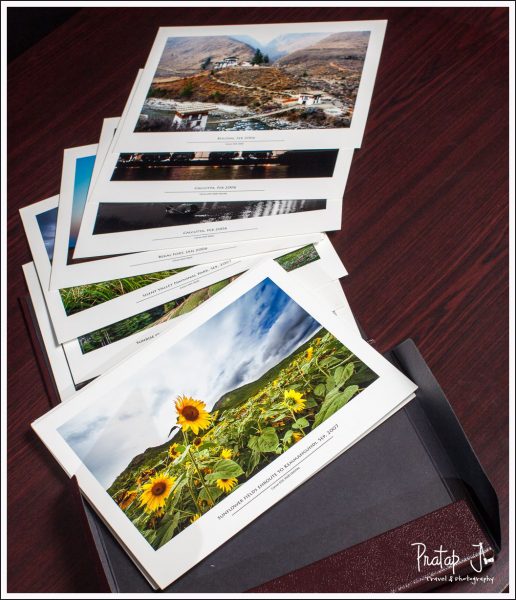 While these are the five reasons why gear is important in photography, there is only reason why you must improve your technique – and it is because the photograph is made by YOU the photographer and not the gear. So while understanding the importance gear, don’t become a slave to it and be sloppy with your technique. Happy shooting!
While these are the five reasons why gear is important in photography, there is only reason why you must improve your technique – and it is because the photograph is made by YOU the photographer and not the gear. So while understanding the importance gear, don’t become a slave to it and be sloppy with your technique. Happy shooting!
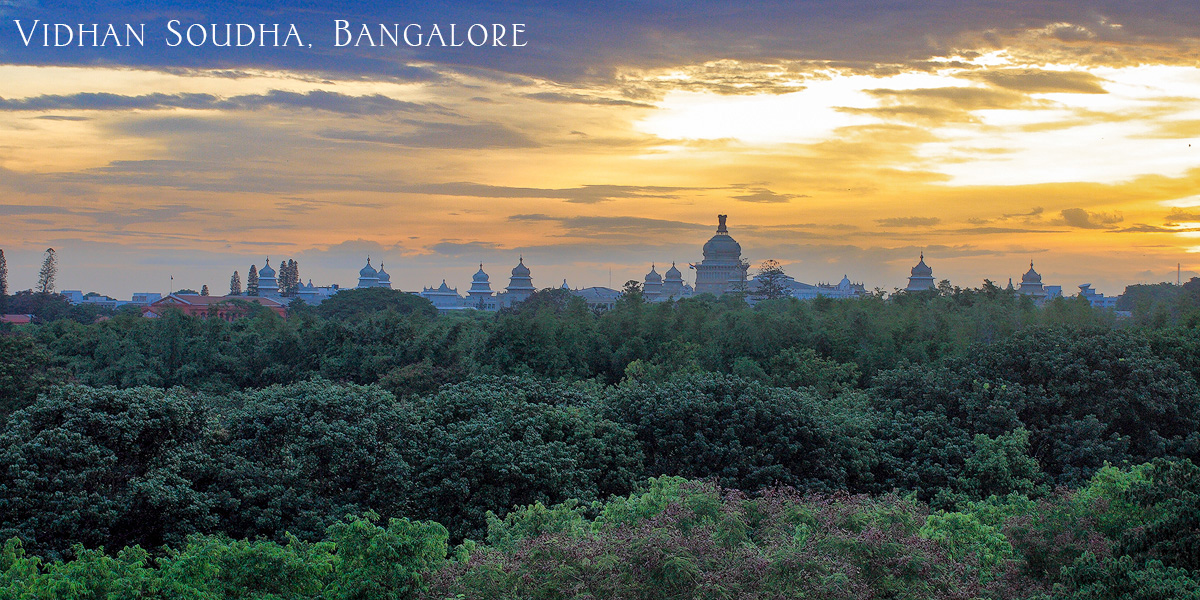
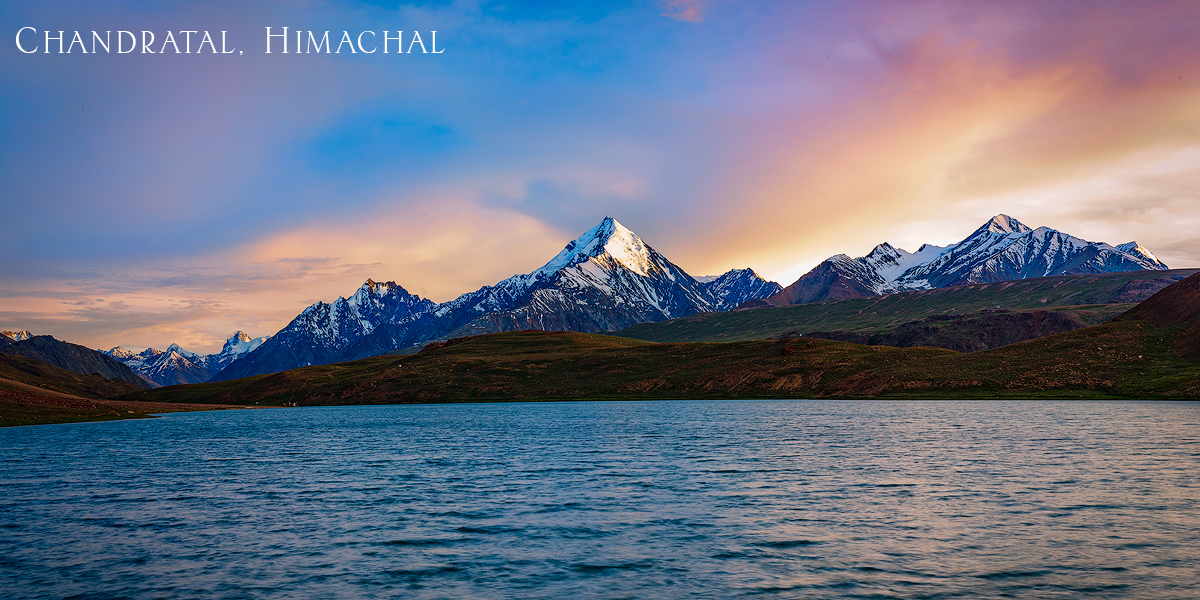
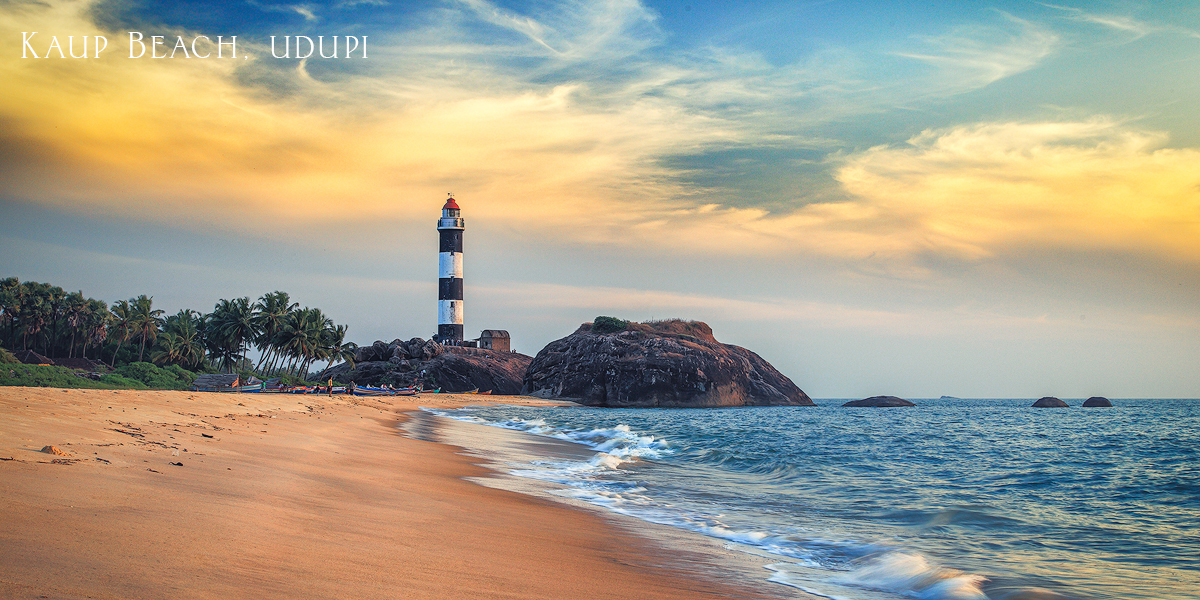
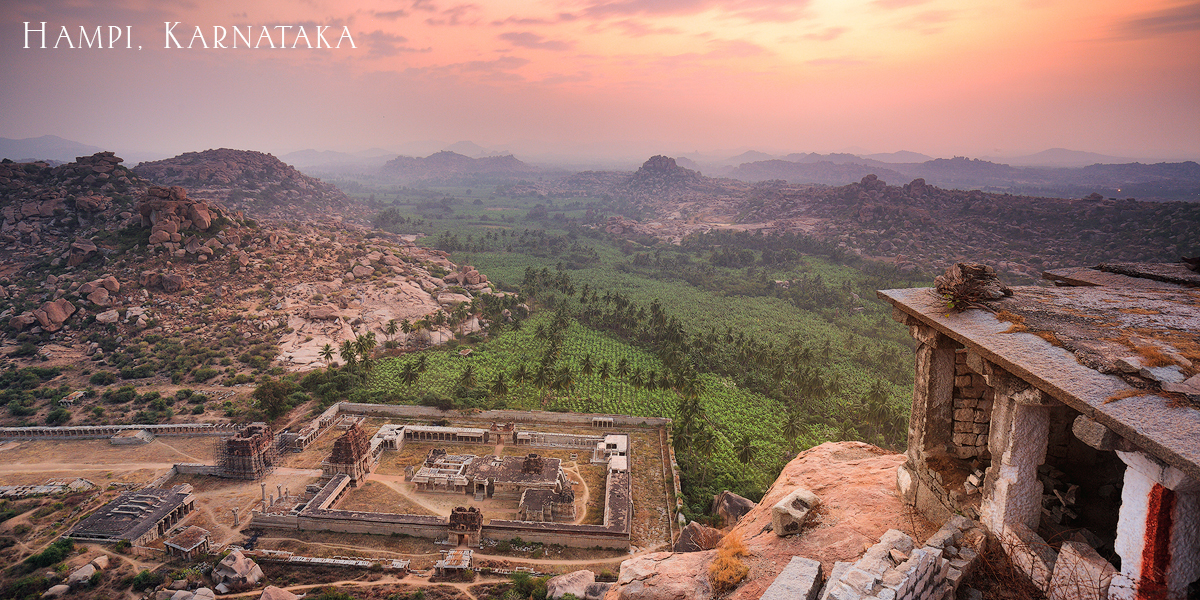
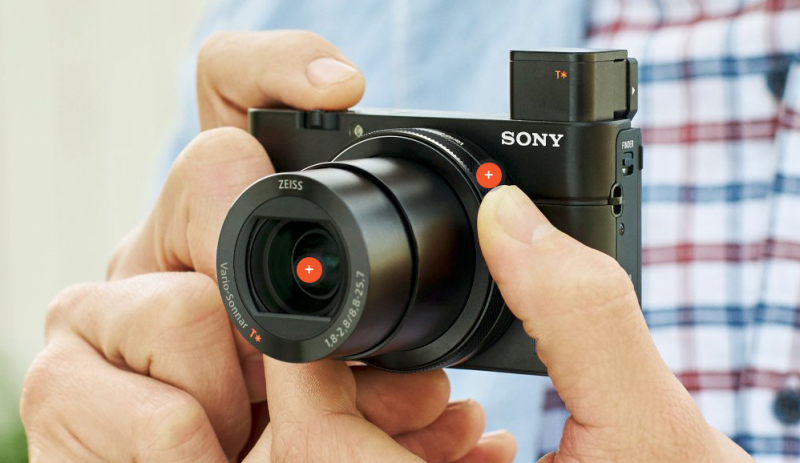


No comment yet, add your voice below!